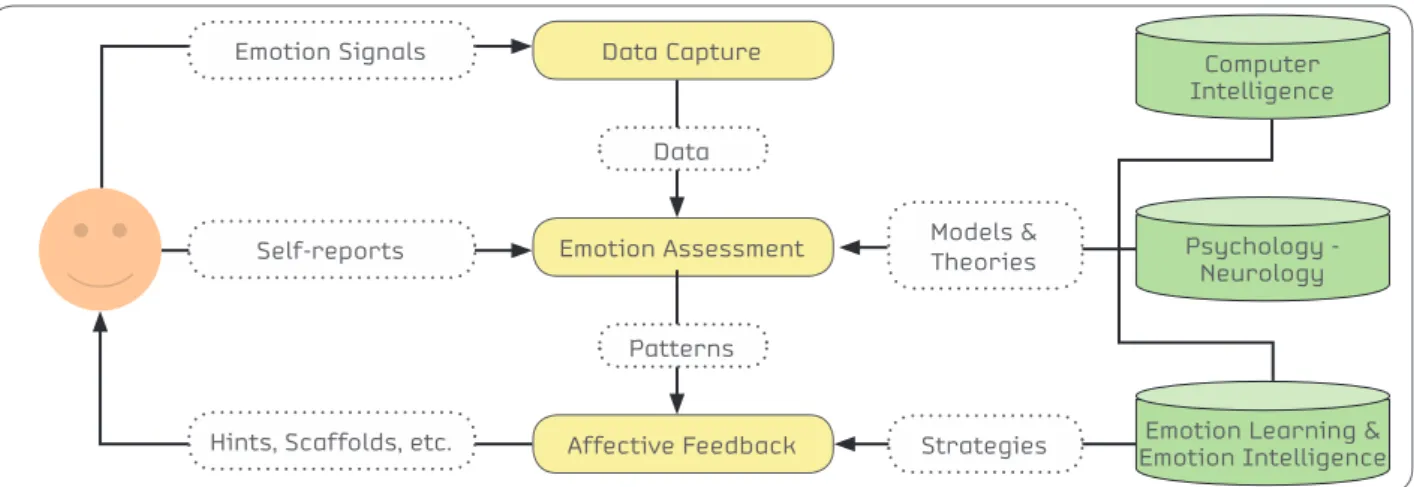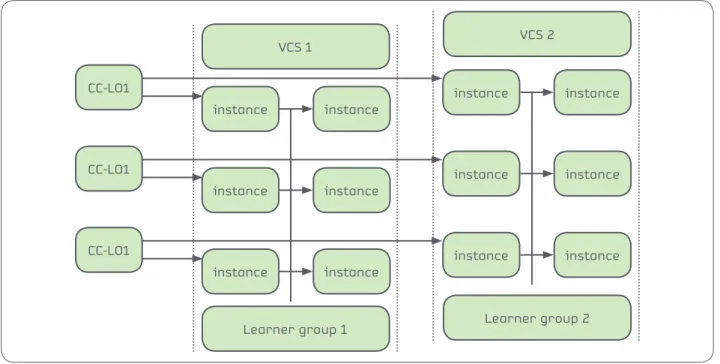Issue 3: complete document
Texto completo
Figure




Documento similar
The second major application of these equations will be to obtain the asymptotic Fefferman-Graham expansions of the fields, and as a result the holographic dictionary, from the
Our findings highlight that the clinical learning of nursing students in PHC settings is associated with the particular timeframe within their degree studies (better results
Figure 2.9: Pitch-angle cosine range covered by the LEFS60 (top) and the LEMS30 (bottom) telescopes as a function of the polar angle, θ B , of the magnetic field vector
o Pattern-based extraction [Hearst, 1992; Morin, 1999]: a relation is recognized when a sequence of words in the text matches a pattern. For instance, a pattern can establish that
The data for learning self-regulation (higher values in this variable mean that the students used more strategies oriented to learning goals) is coming from the
All too often, the multimedia adaptation modules are intended to adapt only a specific type of media (e.g., audio, video, images), or even a specific media format (e.g.,
In contrast to minimal Higgs portal scenarios, we find that light DM in the GeV mass range as well as heavier candidates above Higgs resonance could be allowed by colliders, direct
examining the degree of effectiveness of inclusive education programs in private, semi-private and public centers for the neurodiverse L2 classroom; exploring students’



![figure 1. Personalization and the context-matching problem; shown is the partial matching problem with a decision boundary (threshold) used in the CPR and fECA rules algorithm [2][5]](https://thumb-us.123doks.com/thumbv2/123dok_es/7380072.374374/56.892.88.811.797.1122/personalization-context-matching-matching-decision-boundary-threshold-algorithm.webp)

